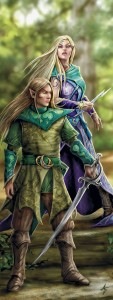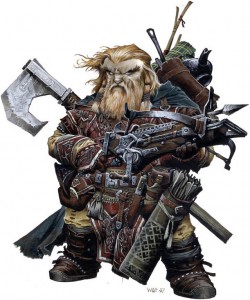As both a player and Dungeon Master, I’ve seen 4e D&D grow and mature since it was first released. It started out locked hard into its mold of a four role, five player party, with its very linear progression and development. There were some parts of it that worked, and some parts that did not. In the years that have passed, 4e D&D has changed significantly, and there is a wealth of options for any given character at this point. Not all options are even, but that is a given when dealing with any robust and mature game.
Today the Dungeon’s Master team welcomes our newest contributor, Sndwurks (David Buresh). Sndwurks started playing Dungeons & Dragons nearly 20 years ago, and took up the mantle of Dungeon Master one year into the hobby. He is an avid gamer and enjoying gaming across all its various mediums. He is also an author of horror and historical fiction, and a semi-professional storyteller. We welcome him to the team and hope you enjoy his first contribution. – Ameron
Within the four role mold, there are simply some characters who do not fit. Some are classes being played across role, such as a defender being built as a controller, or a controller who hands out party buffs more than enemy debuffs. Others are more complex, and are managing to exist in a nebulous place between two roles, fulfilling each without sacrificing the other. One of these types of characters is the role referred to in my gaming circle as the Offender.

